The future of smartphone personalization is here, and it’s time for Xiaomi HyperOS to take the next leap. When we look at the evolution of operating systems, it’s clear that users want more control over the aesthetics and functionality of the tools they use most frequently. The Quick Settings panel—that crucial, one-swipe-away hub for Wi-Fi, Mobile Data, and Bluetooth—is an area ripe for a significant upgrade. While Xiaomi’s software has always excelled in providing a deep level of customization, a key feature found in rival operating systems would solidify HyperOS’s position as a leader in user-centric design. We’re talking about fully editable Quick Settings icons, covering everything from size to placement, a simple but profound change that would elevate the daily user experience dramatically.
Why Full Quick Settings Customization is Essential for HyperOS
Today’s smartphone users demand an experience that feels truly their own. Releases of iOS 26 and Android 16, that users will gain the ability to adjust the size and arrangement of their Quick Settings toggles. This level of flexibility is currently limited within the current iteration of Xiaomi’s interface. For instance, while some toggles at the bottom of the panel can be rearranged to suit a user’s preference, core icons like Mobile Data and Wi-Fi are often fixed in size and position. Furthermore, the option to resize any of these toggles—making them larger for easier tapping or smaller to fit more options on screen—is simply unavailable.
What We’d Love to See in Xiaomi HyperOS 3.1
The upcoming HyperOS 3.1 update is the perfect opportunity for Xiaomi to introduce this powerful customization tool. Imagine being able to tap and drag any icon—from the flashlight toggle to the screen recorder—and freely adjust its size from a compact square to a larger, more prominent button. This feature isn’t just about aesthetics; it’s about accessibility and efficiency. Users with visual impairments could benefit from larger toggles, while power users could consolidate more information into a single view. The ability to completely customize the entire Quick Settings matrix would provide a significant boost to user satisfaction.
Key Customization Features to Include:
- Free-Form Icon Resizing: Allow users to choose between small (1×1), medium (2×1 or 1×2), or large (2×2) tile sizes for any available toggle.
- Total Placement Freedom: Enable movement of all toggles, including core system functions like Wi-Fi and Mobile Data, to any spot on the grid.
- Persistent Custom Layouts: Ensure that custom layouts are saved and sync seamlessly across all Xiaomi HyperConnect devices, including Xiaomi Pad and compatible smart home equipment.
Elevating the Experience with Xiaomi Apps
To truly enhance the HyperOS experience, users can already explore deeper levels of system control and customization beyond the main settings app. If you are eager to get your hands on system app updates or hidden features right now, you can check out a powerful utility.
We are confident that the development team behind HyperOS will listen to the community and bring this highly requested feature in version 3.1, further cementing Xiaomi’s reputation for delivering an innovative and personalized mobile experience.

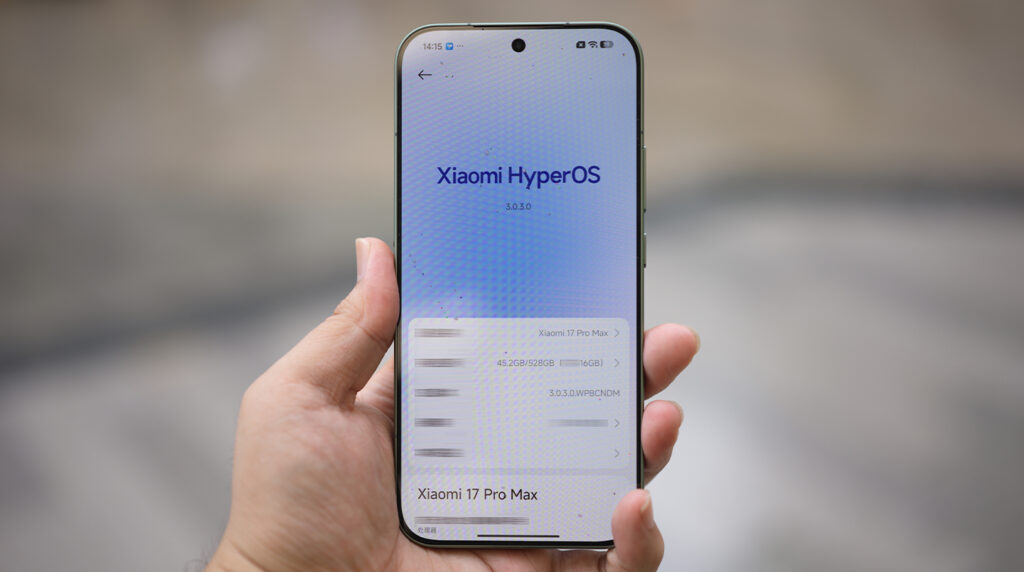
 Emir Bardakçı
Emir Bardakçı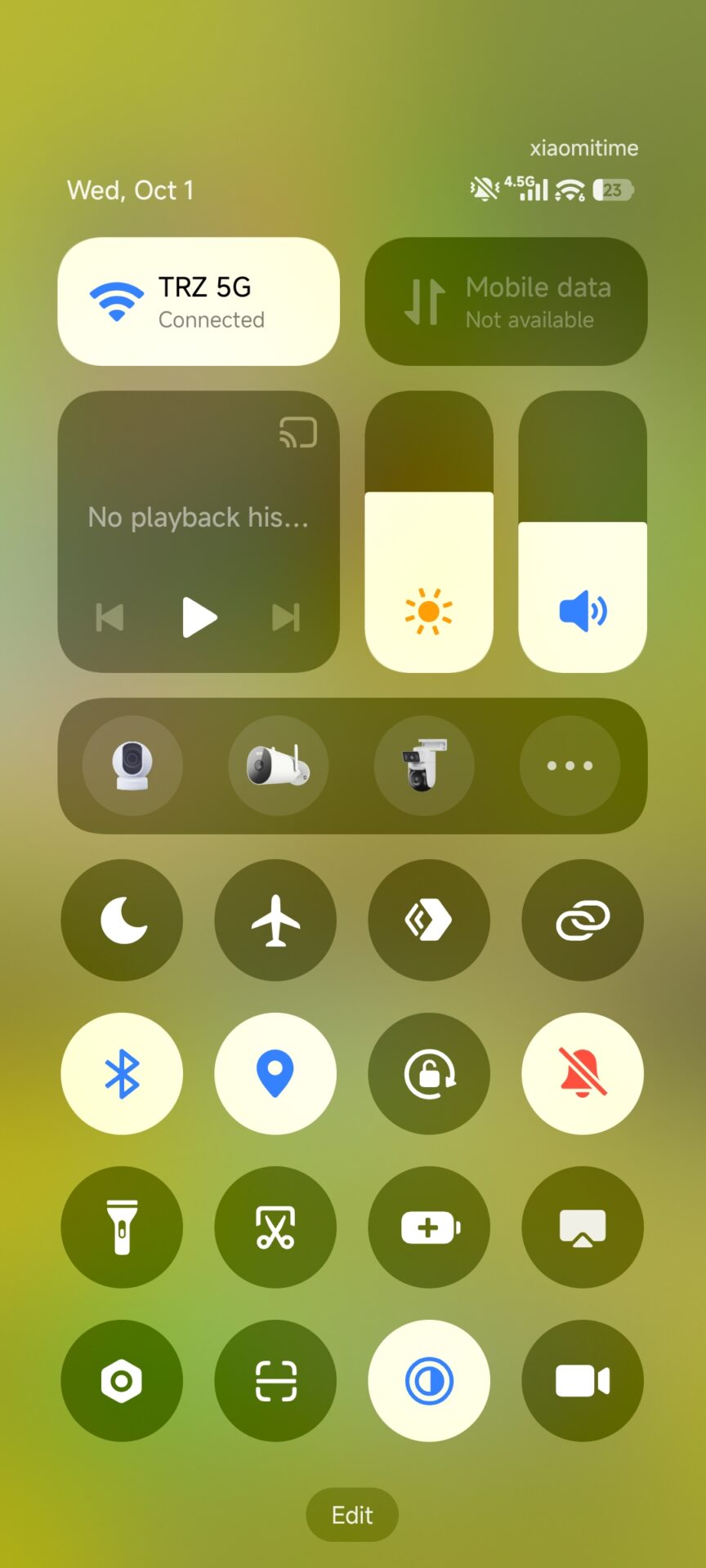
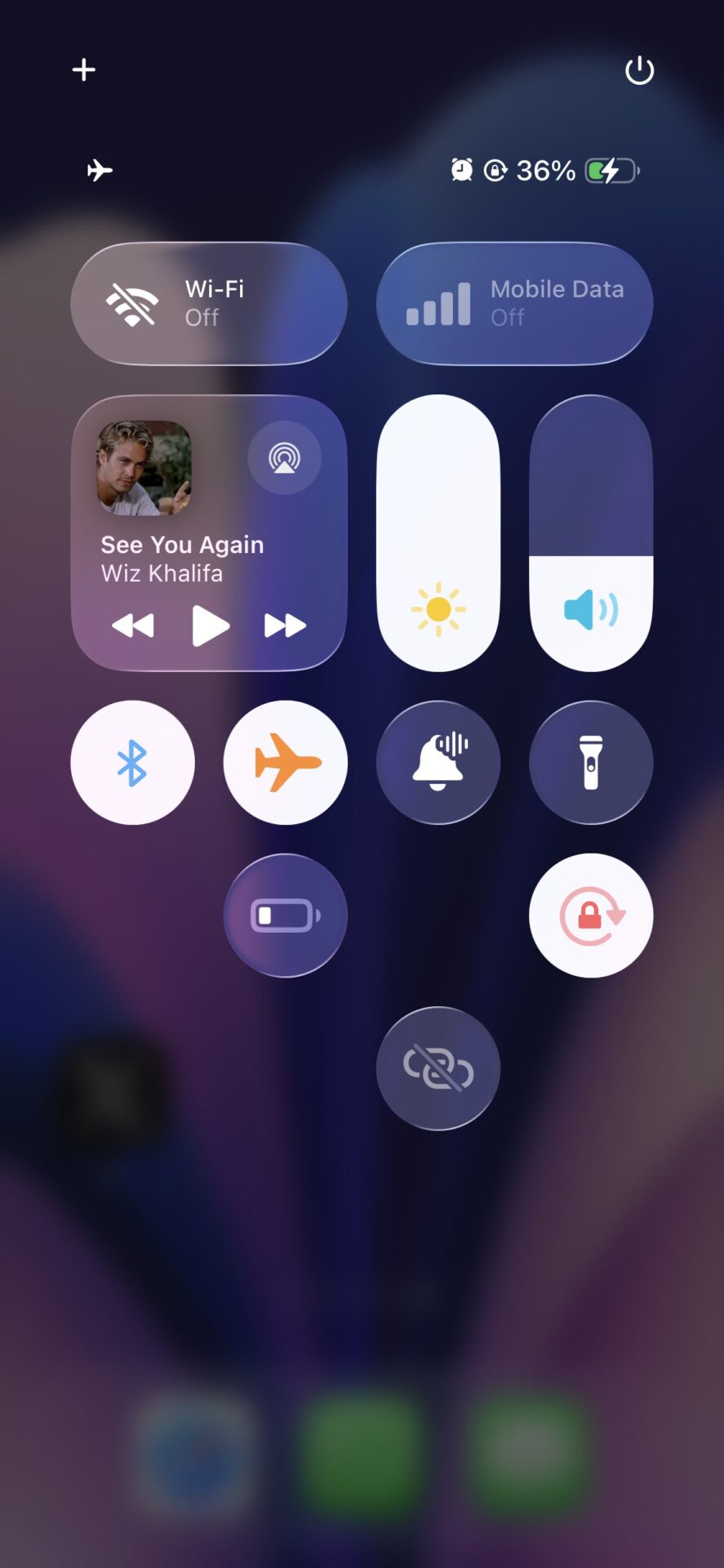
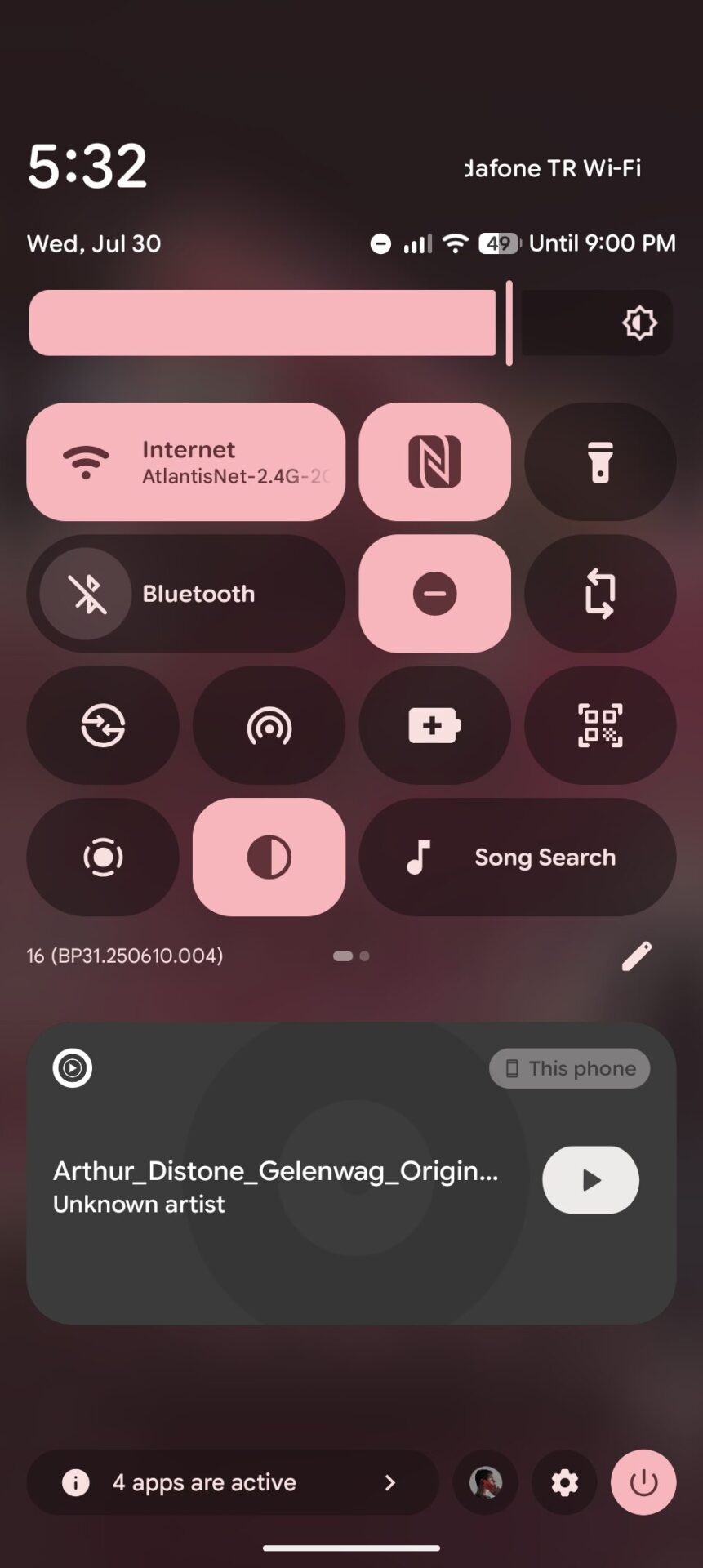
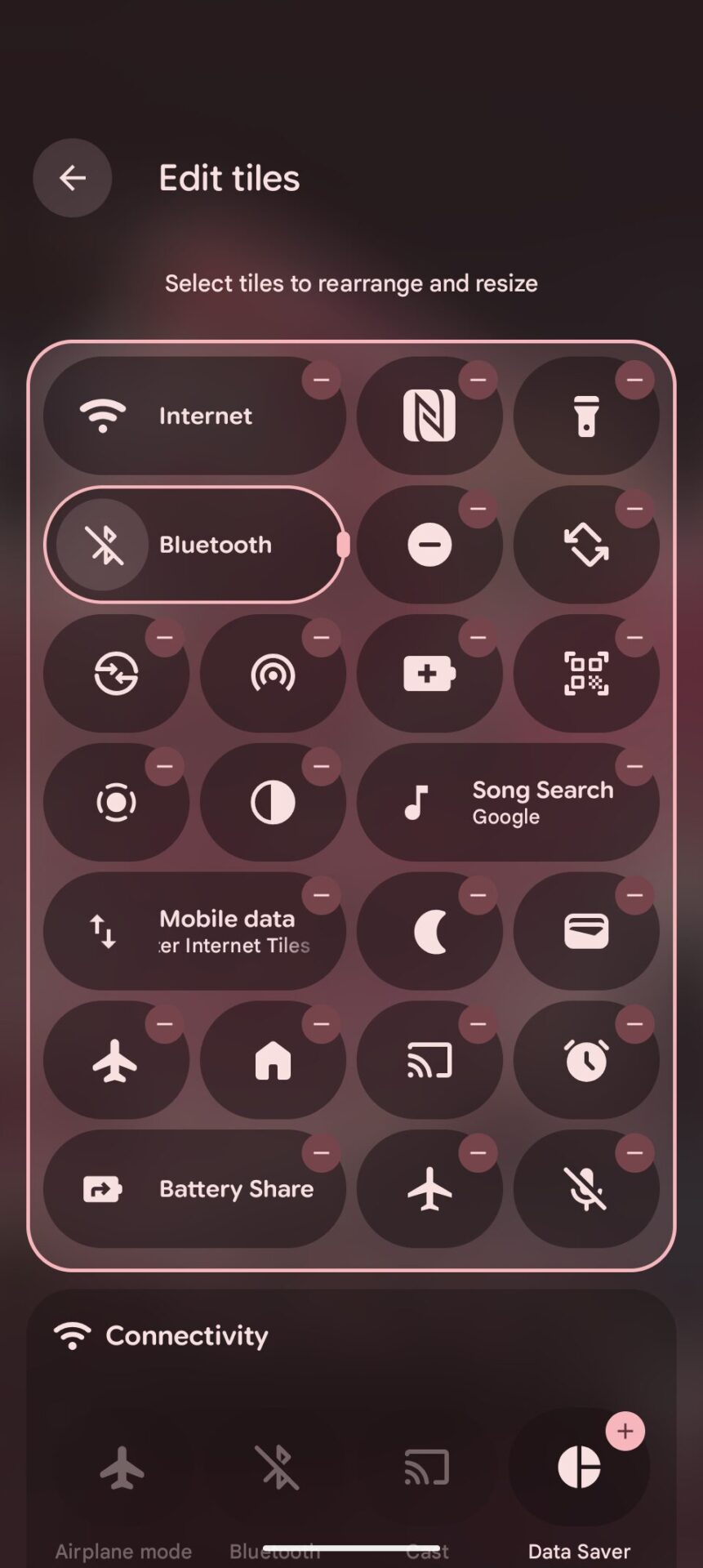


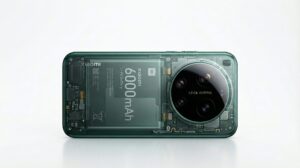
That would be really awesome if they pull that.
I wish they will also work on a contact card for their phone app
جيد جدا
The slowest company in updates
For now, focus on fulfilling your promise to send the Hyper3 update on time, and then everything will be easy.
When will Xiaomi 15 get OS 3.
They keep on about it but immediately still waiting for update.
When is Hyper OS 3 coming for Poco x7 pro?
I want new control centre at my phone redmi a4 it supports hyperos 2 and it is also eligible for hyperos 3 but I dont get new control centre update.
Then send it to Xiaomi, the one you’ll show us, and they’ll fix it.
finally they are catching up with market universaly
it hope they keep the promise and start understanding users better
Nitpicking and not ambituos. If Xiaomi only does that it is one more HyperOS update that don’t contribute to sell Xiaomi phones.
Currently no one buys Xiaomi because HyperOS and i am not seeng anything that tells me that will change.
So HyperOS is a weakness and will remain so.
I want control where i save files, how i manage files, what AI can do to help me to have the folders at finger tips for a specific kind of files, how i automate saving files etc etc.
This at least is something that would make HyperOS apart from others.
wtf quick setting provide a variety of changes for people who don’t like plagiarism with iOS style